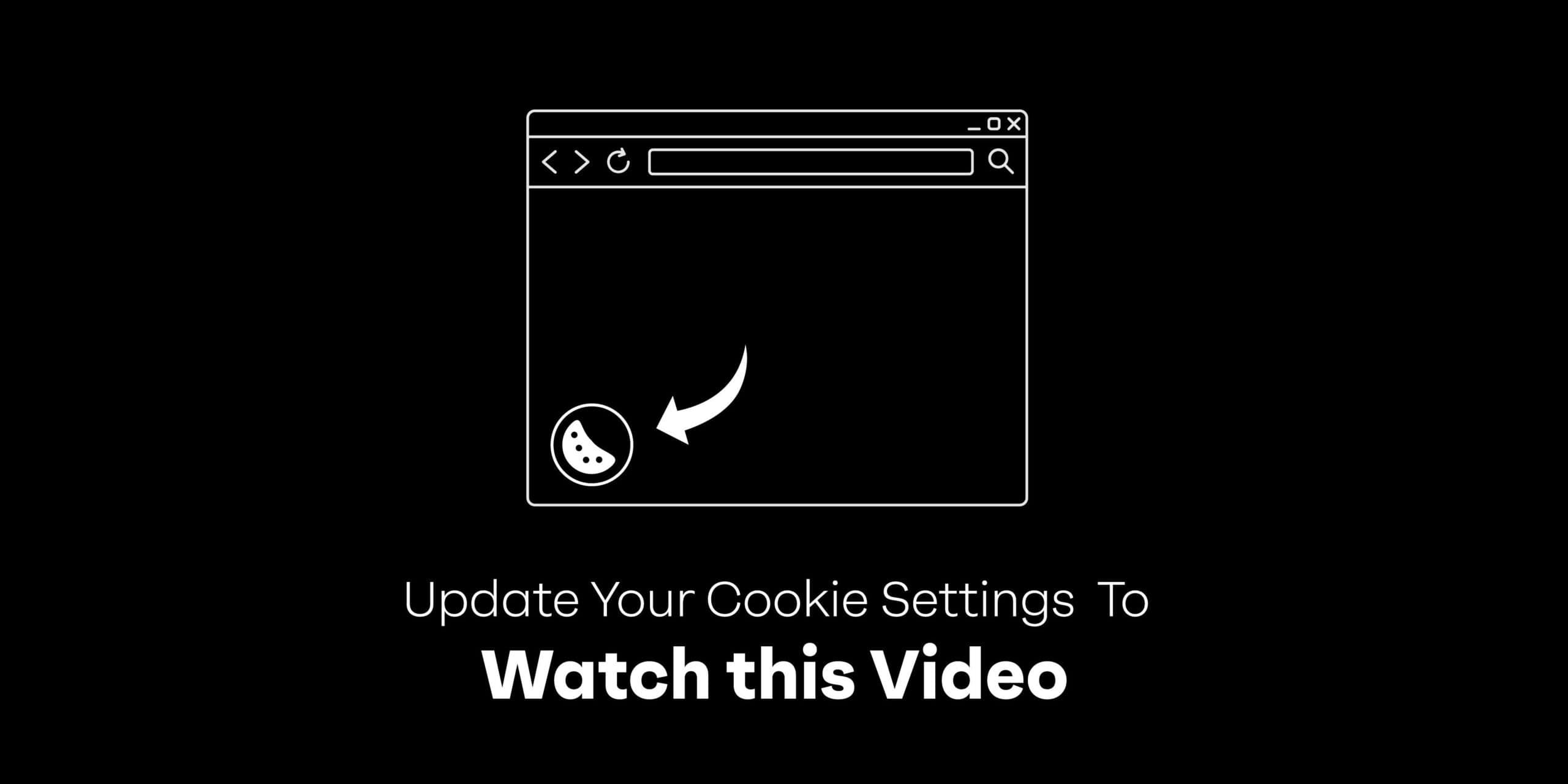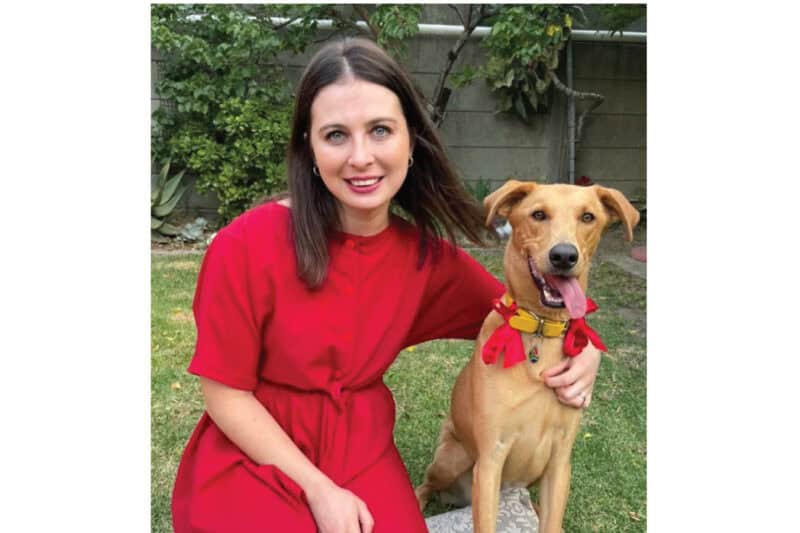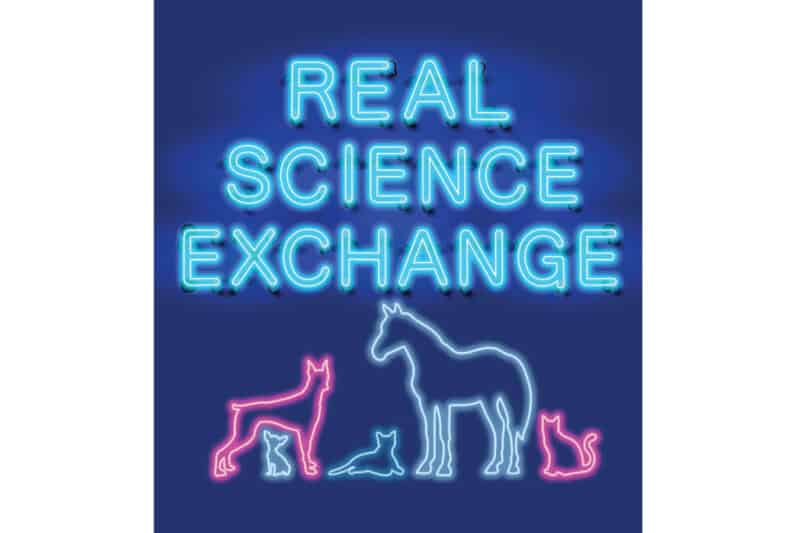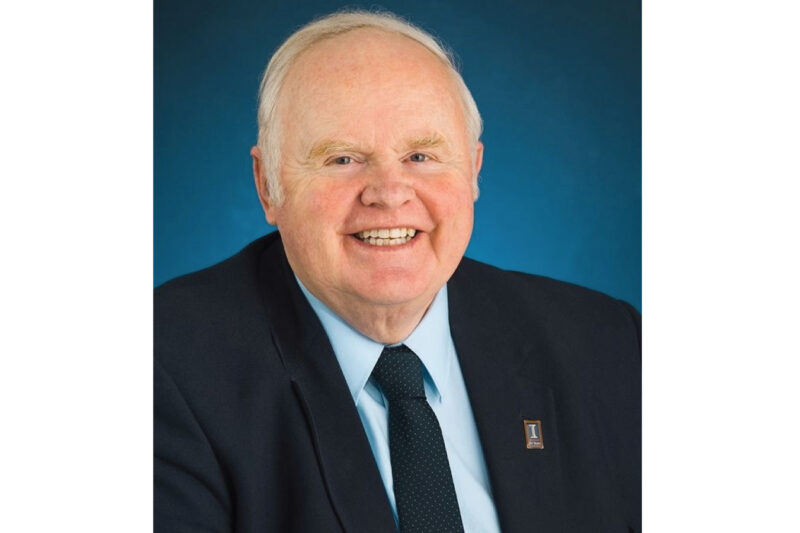This episode “Domestic Investments in Dairy: The Future is Bright” was recorded at the 2025 Western Dairy Management Conference in Reno, Nevada.
Episode 143: Domestic Investments in Dairy: The Future is Bright
Timestamps:
Gregg Doud, National Milk Producers Federation, begins with an overview of his talk regarding recent and ongoing investments in the dairy industry. Dan Siemers, Siemers Holsteins, notes they were able to build a new dairy and find a new milk market because Agropur built a new plant in their area. Corey Geiger, CoBank, describes that the US is approaching $9 billion of new investment in dairy plants coming online through 2027, over half of that in cheese. High-quality whey protein isolates are in equal demand as cheese, so that has been a large part of the investment as well. He mentions investment in class one beverage milk and extended shelf life, as well as growth in yogurt and Greek yogurt. The panel also discusses milk in schools. (1:35)
Corey talks about the generational change on dairy farms regarding components. Dan mentions that in one generation, you can increase the fat percentage by 0.4 using bulls available today. The focus on pounds of fat and protein plus health traits has resulted in somewhat less milk. Dan feels that the industry needs to focus a bit more on pounds of milk as a carrier to get protein back in the business. Some plants indicate there might almost be too much fat, so a focus on protein pounds may be in order. (11:03)
Corey states that 92% of dairy farmers get paid on multiple component pricing, and 90% of that milk check is butter fat and protein. While some cheese plants don’t quite need all the butter fat that’s coming from dairy farms, it’s important to note that we are still not filling our butter fat needs domestically. There are definitely opportunities in the butter sector. The panel discusses some shuffling in domestic processing might also be needed to better use the sweet cream that’s available. (13:01)
Scott asks about export markets in developing countries. Gregg mentions that many Central American dairy products contain vegetable oil, so there is a lot of potential there. Corey agrees and states there is also similar potential in the Middle East and North Africa. He also notes that lack of refrigeration is still an issue in some parts of the world, so shelf-stable products are critical. Gregg mentions that drinkable yogurts are in demand in Latin America. (18:29)
The panel dives into the way beef on dairy has changed the industry. Dan notes the baby calf market has been a huge profit center, where the dairy can essentially break even and the calves provide the profit. This may be creating a challenge where a lot of dairies aren’t creating enough replacement dairy heifers. (23:16)
Data and how we use it is the next topic the group discusses. Gregg shares a story of an MIT grad who is developing an artificial intelligence algorithm to combine cow genetics with different diet ingredients and feed additives to decrease methane production while improving cow productivity. (28:49)
The panelists close out the episode with their take-home messages. Corey gives listeners a look at the impact of the domestic dairy market. Dan shares the sustainability story and climate impact of the dairy industry will continue to be important. Gregg is excited about new technologies but asks for assistance in working with the federal government to get those technologies approved at the speed of commerce. The panel discusses the impacts of tariffs on agriculture and how dairy farmers need to be communicating with their members of Congress. (32:56)
Please reach out to your Congress members. Start the conversation and help them understand!
Subscribe and share with your industry friends to join us at the Real Science Exchange virtual pub table. Sign up for our latest Real Science Lecture Series webinars.
If you want one of our Real Science Exchange t-shirts, screenshot your rating, review, or subscription. Email a picture to anh.marketing@balchem.com. Include your size and mailing address, and we’ll mail you a shirt.



